Visit these spaces that invite you to reflect on our complicated history with our African American community.
by Brian Rosenzweig
February marks the beginning of Black History Month, a time that reminds us of the rich and troubled history of African American people in the South. Here in Raleigh, there are a few spots that bring the point home, from sculpture that marks a bygone freedman’s village to ongoing preservation projects at parks and historical sites. Consider visiting these locations as an entry point to start your own reflection, then continue your journey with an in-person or virtual visit to North Carolina’s History Museum, the City of Raleigh Museum or the digital collections of the N.C. State Archives to learn more.
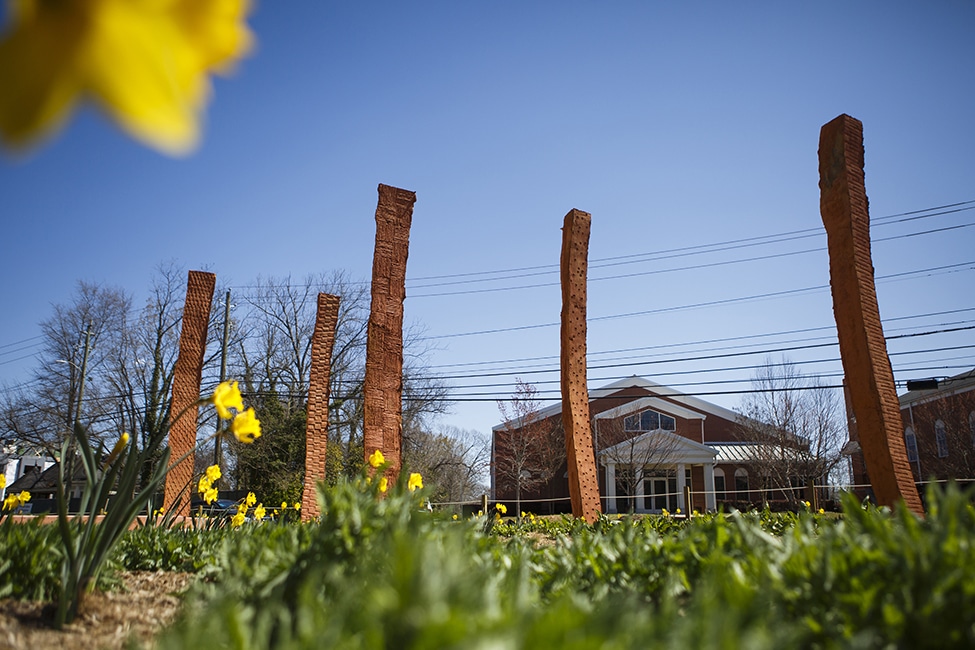
Oberlin Rising Memorial
Located in a historic section of the Village District (formerly known as Cameron Village), Oberlin Rising is an installment of five earthcast pillars by Thomas Sayre. They commemorate Oberlin Village, a once-vibrant freedman’s community in Raleigh. Oberlin was developed shortly after emancipation, and was host to a lively community of middle and upper-class black families. Over the course of several decades, Oberlin gave birth to countless trailblazers and history makers, including Joseph Holt, the first student to attempt to challenge desegregation in Raleigh Schools, and Wilson W. Morgan, who was among the first black men to serve in the House of Representatives. Though the neighborhood’s character eroded over time, largely due to the impacts of Jim Crow and the annexation of the land into the city of Raleigh for commercial development in the 1960s, the pillars of Oberlin Rising stand as a soaring reminder of the indomitable spirit of the village, and a memorial to those who made it what it was. 809 Oberlin Road
Read more: Oberlin Rising, Thomas Sayre’s sculpture, Pays Tribute to Historic Neighborhood
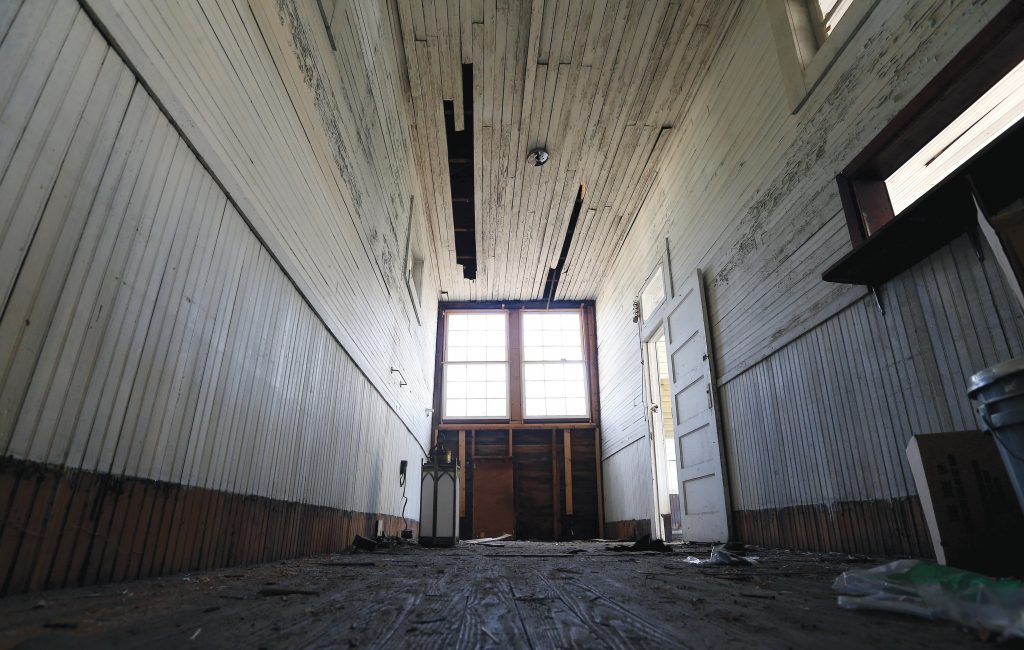
The Panther Branch School
Following emancipation, education in North Carolina for the Black community remained severely underfunded and neglected by state governments. One answer to that: the Panther Branch School. Founded in 1926, this elementary school opened with the help of philanthropist Julius Rosenwald, president of the Sears-Roebuck Company, inspired by his relationship with Booker T. Washington. The school became host to a tight-knit group of children united through the newfound opportunity. The school shut down in 1967 and the building fell to disrepair in the decades that followed, but new preservation efforts have ignited in recent years, driven by the students who once walked its halls. The community-driven preservation of the building is a remarkable testament to the lasting impact the school had, and a reminder of the importance of preserving histories that often go untold. 9109 Sauls Road
Read More: Saving a School: Restoration of the Panther Branch Rosenwald School
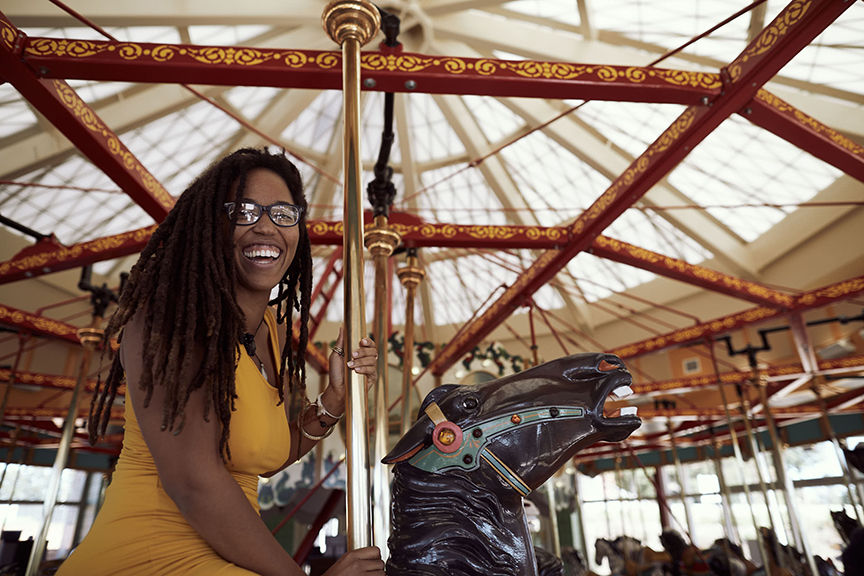
Chavis Park Carousel
The John Chavis Park in Raleigh was once a direct counterpart of Pullen Park, built for Black residents during a time where every vestige of public life was segregated, including outdoor spaces like parks. Featuring a pool, amphitheatre, playgrounds, and carousel — just like the whites-only Pullen Park across town — Chavis was once a popular attraction that drew African-American families from across the state, but became rundown in the past few decades. Now a historically-designated locale, Chavis is finally undergoing major renovations to revitalize the park. While major renovations for the park are underway and some areas are closed, you can still swing by on the greenway, and see the legacy of this park moving forward. 505 Martin Luther King Jr Boulevard
Read more: Dare Coulter celebrates black history and culture through her art
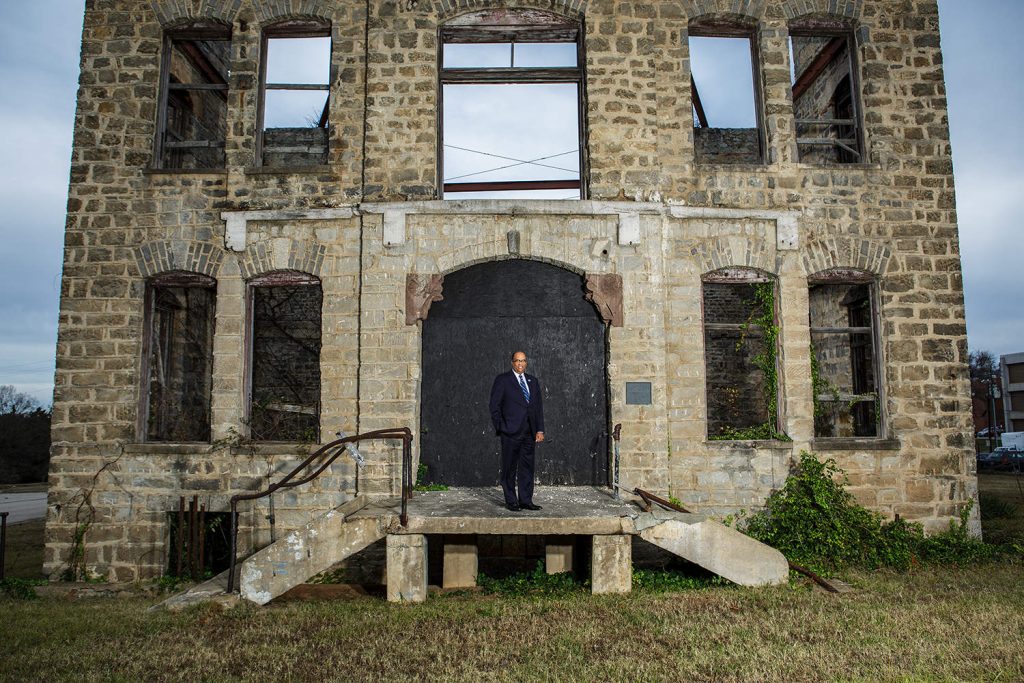
St. Agnes Hospital
Missing its windows, floors, and even a ceiling, St. Agnes Hospital looks like the skeleton of a moment frozen in time.Yet less than a hundred years ago, this hospital on the grounds of St. Augustine’s University was the premiere care center for African Americans for hundreds of miles. “In the 1920s it was the only well-equipped hospital that served the African American community between Washington and New Orleans,” said Linda Dallas, an Assistant Professor at St. Augustine’s, in an interview with ABC 11. St. Agnes was not only one of the only hospitals in the South for patients of color, but was also the only school in Raleigh to provide residency and nursing programs to Black students. St. Agnes closed in 1961 as a consequence of desegregation, and has since been hollowed out and closed off as the structure decayed. In recent years, however, the space has been reinvented as a sort of art gallery, with Envision St. Agnes events and tours that that welcome the community to see it through new eyes. 1315 Oakwood Avenue
Read More: Saint Augustine’s University, staying the course at 150
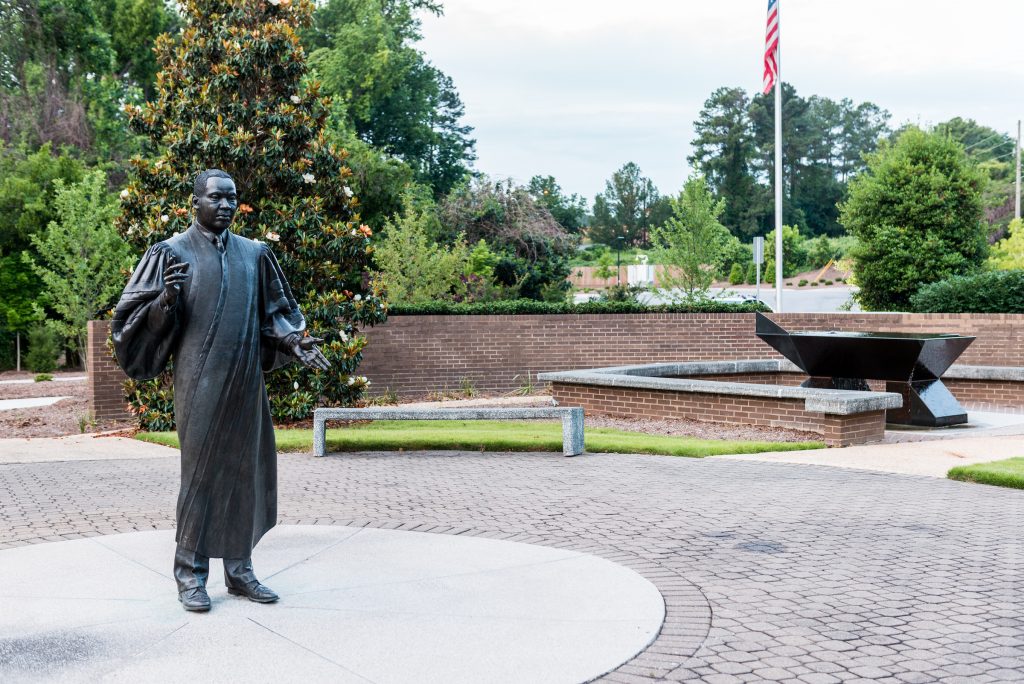
Dr. Martin Luther King Jr. Memorial Gardens
Commemorated in 1975, this East Raleigh park was the first public park to be solely devoted to civil rights icon Dr. Martin Luther King Jr., who visited Raleigh in February of 1958. Featuring a life-sized statue of Dr. King, educational placards and a fountain, this serene 2.4 acre park is an inspiring reminder of the legacy of Dr. King’s words and vision, as well as the countless local heroes who fought for equal rights throughout Raleigh, North Carolina, and the country. 1215 Martin Luther King Jr Boulevard

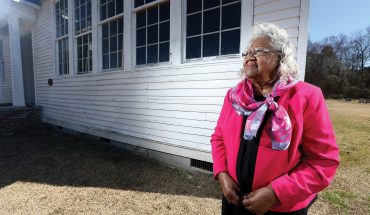
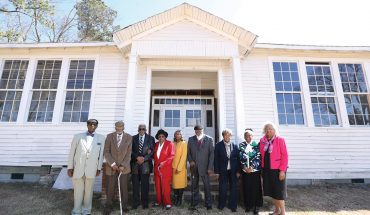
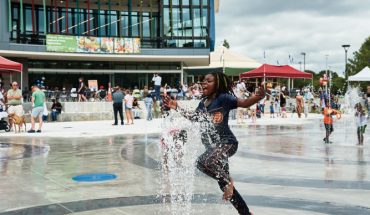
Pingback: 20+ Things to do in February in and Around Raleigh - WALTER Magazine